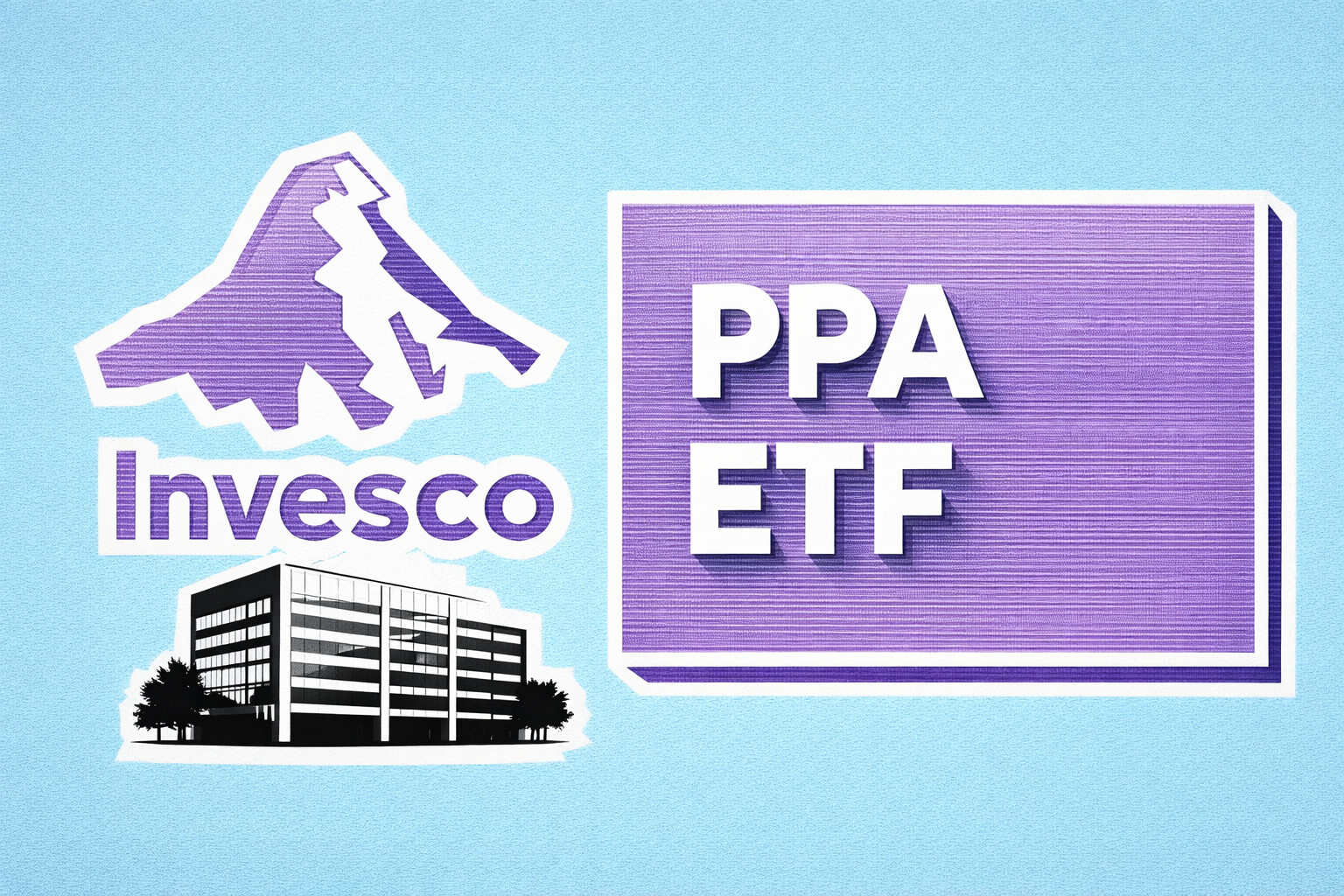Italian Bond Market Turmoil & ESG Investments Surge Transform Portfolio Strategies
Traditional 60/40 Investment Approach Falters as Investors Seek Diversification Amid Economic Shifts
In recent weeks, hedge funds have been retreating from their bets against Italian government bonds. The total value of Italy's bonds borrowed by investors to bet on a fall in prices has decreased by 40% over the past month, according to data from S&P Global Market Intelligence. This is a significant change from last year when short positions reached their highest level since the global financial crisis, peaking at €46 billion in November due to concerns over Italy's dependence on gas imports and the election of right-wing Prime Minister Giorgia Meloni.
However, several factors have contributed to a shift in sentiment. A warmer than expected winter and a lack of confrontation with Brussels have driven an ICE Bank of America index of Italian government debt up 3.4% so far in 2023 in total returns. Additionally, a sharp drop in natural gas prices has given a boost to the Italian economy, which is now expected to grow 1.2% this year, surpassing the European Central Bank's (ECB) 1% growth forecast for the wider eurozone.
Richard McGuire, head of rates strategy at Rabobank, believes that the changing conditions have led to shorts "throwing in the towel." A senior European official also credits the new government under Meloni for being "a lot more calm and constructive in fiscal policy and in its relations with the EU" than many investors had initially anticipated. Consequently, the gap or "spread" between Italy and Germany's 10-year debt—a key gauge of risk—has remained much narrower this year, trading in the range of 1.2 to 2 percentage points, down from a peak of over 2.5 percentage points last autumn.
The resilient performance of Italian government bonds in recent months can also be attributed to a surge in purchases by domestic retail investors and non-financial companies. Data from the Bank of Italy reveals that Italian households and non-financial companies have bought an extra €50 billion of domestic government securities since August 2022, increasing their holdings by just over 30% to €213 billion.
In the context of bond market volatility, the time-honored 60/40 investment strategy, which consists of holding 60% of portfolios in stocks and 40% in bonds, has come under scrutiny. The strategy fell 17% last year, its worst performance since 2008. While this dismal result may not be repeated this year, some prominent Wall Street names suggest that investors consider alternative diversification strategies given the uncertainty in the debt markets.
Central banks may not be able to pause rate hikes as soon as hoped due to sticky inflation, raising the risk of recession or further corporate collapses. BlackRock Inc. has recently stated that the 60/40 strategy doesn't work in an environment where central banks are likely to raise interest rates into a recession to bring down inflation. Data has supported this concern, revealing that US inflation has accelerated while growth has slowed, with a similar picture emerging in the euro area.
Some investors are looking at alternative assets to bonds, with gold seen as a solid hedge in the current economic environment. This view is shared by Pim van Vliet, chief quant strategist at Robeco, who believes that low-volatility gold has a role to play in defensive portfolios.
Fixed-income investors are also closely watching the interest rate of RBI Floating Rate Savings Bonds 2020 (Taxable) (FRSBs), which is set to hit 8% for the first time since its inception. The interest rate on these bonds is reset every six months and is linked to the interest rate of the National Savings Certificate (NSC), a small savings scheme offered by the Union government.
With the recent hike in the interest rate on NSCs, the Reserve Bank of India (RBI) is also likely to
raise the interest rate on FRSBs, making them an attractive investment option for fixed-income investors seeking alternatives to traditional government bonds. As the global economic landscape continues to evolve, investors are increasingly looking for ways to diversify their portfolios and hedge against potential risks.
Another example of a diversification strategy is turning to real estate investments. Real estate investment trusts (REITs) have gained popularity in recent years as an alternative to the traditional bond market. REITs can provide a steady income stream, as well as the potential for capital appreciation, and are often seen as a way to hedge against inflation. Investors can choose from various types of REITs, including those focused on residential, commercial, or industrial properties, depending on their risk tolerance and investment goals.
In addition to gold and REITs, cryptocurrencies have emerged as another alternative asset class for investors. Although the volatility of cryptocurrencies makes them a high-risk investment, many investors view them as a viable means of diversification. The rise of decentralized finance (DeFi) platforms and the increasing acceptance of digital currencies by major financial institutions have contributed to this perception.
Furthermore, some investors have been exploring the realm of environmental, social, and governance (ESG) investing as a means to diversify their portfolios. ESG investments focus on companies that meet specific criteria in areas such as sustainability, ethical business practices, and social responsibility. Many believe that these companies are better positioned to withstand market fluctuations and deliver long-term growth, making them an attractive alternative to traditional stocks and bonds.
As the bond market undergoes significant shifts, particularly in relation to Italian government bonds, investors find themselves compelled to reevaluate their conventional investment approaches. The limitations of the 60/40 investment strategy have become apparent, leading investors to explore alternative assets like gold, REITs, cryptocurrencies, and ESG investments. These alternatives offer opportunities for portfolio diversification and risk mitigation.
For instance, the growing interest in ESG investments stems from a belief that companies adhering to sustainability, ethical business practices, and social responsibility standards are better equipped to weather market turbulence and offer long-term growth. This makes them an appealing option compared to traditional stocks and bonds.
The ever-changing global economic landscape demands that investors stay alert and be prepared to adjust their strategies to effectively navigate the challenges and uncertainties that lie ahead. By considering a wide range of investment options, they can better position themselves for future success in an increasingly complex financial environment.
Read More
-
PayPal Stock Price Forecast - PYPL at a Five-Year Low: Deep-Value Bet at $57 With Upside Toward $100–$120
20.01.2026 · TradingNEWS ArchiveStocks
-
XRP ETF Focus: Are XRPR at $15.56 and XRPI at $10.96 Setting Up a Rebound?
20.01.2026 · TradingNEWS ArchiveCrypto
-
Natural Gas Price Jumps Above $3.80 on Arctic Blast as Traders Target the $4.00 Line
20.01.2026 · TradingNEWS ArchiveCommodities
-
Stock Market Today - Dow Jones, S&P 500 and Nasdaq Tumble as Greenland Tariffs Trigger ‘Sell America’
20.01.2026 · TradingNEWS ArchiveMarkets
-
USD/JPY Price Forecast - USDJPY=X Eyes 160 as Japan’s Fiscal Shock Overpowers Classic Safe-Haven Flows
20.01.2026 · TradingNEWS ArchiveForex



















